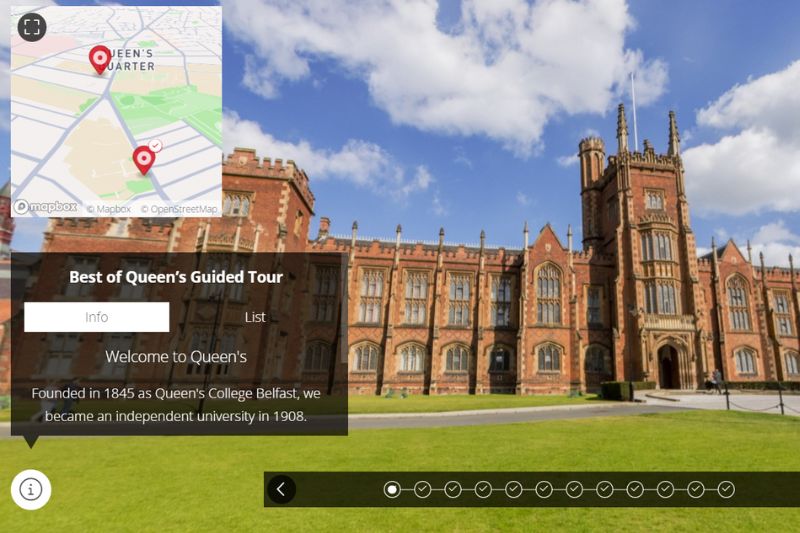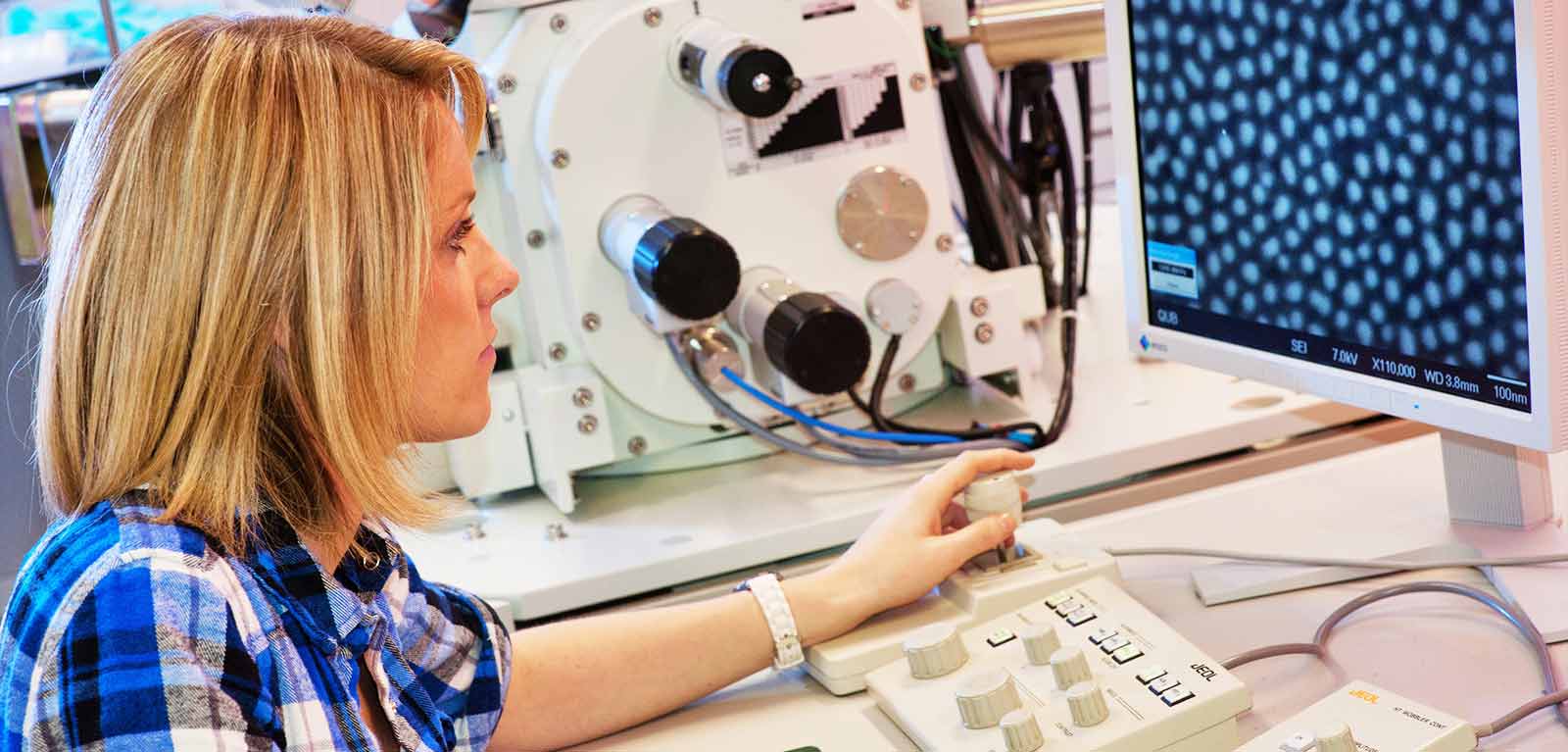Facilities
The School of Chemistry and Chemical Engineering has seen substantial strategic investment in building new state-of-the-art research laboratories for synthetic and analytical chemistry, as well as catalysis research, with accommodation for over 50 researchers.
A £4 million investment in research and teaching laboratory space has significantly modernised and further extended our facilities, with recently added equipment including an environmental SEM facility, powder and single crystal X-ray diffraction equipment, a high-end confocal Raman microscope, 400 & 600 MHz nuclear magnetic resonance spectrometers, and a 500 MHz solid-state NMR spectrometer, the first instrument of this type in Northern Ireland. A further investment of £1.2M resulted in an Ion-mobility qTOF MS and a SAXS instrument - both unique in Northern Ireland - being added to the School's instrument facilities.
Further School facilities include two additional NMR spectrometers, three mass spectrometers, and additional powder XRD, ICP-OES, BET and Hg porosimetry equipment, a CD spectrometer and a HPLC/GC instrumentation, as well as standard spectrometer and computational facilities.
An in-house team provides analytical services to internal and external stakeholders using their dedicated instrument suite. 15 technicians provide support for microanalysis, glass-blowing, mechanical engineering, electronics, computer management and laboratory safety.

Take yourself on an interactive tour of campus with immersive, 360 images that let you place yourself right here at Queen's.
Get a feel for student life by taking a look at our amazing learning facilities. Find out about the support we offer, get subject information and choose your new home with our accommodation tours. Hear from Queen's students in videos, blogs and more.

